$79.97 Original price was: $79.97.$55.98Current price is: $55.98.
SKU: D2LSC 795735790 Categories: 3-6 Inch Height Groundcovers, GROUNDCOVER PLANTS
- Quality that lasts, prices that don't.
- Experience the difference quality makes.
- Satisfaction Guaranteed
- 100% High Quality Guarantee

Yellow Trout Lily
Erythronium americanum
Other Names: Yellow Adder’s Tongue, Yellow Fawn Lily, Yellow Dog-tooth Violet
Plant Details
USDA Plant Hardiness Zones: 3a-8b Find Your Zone
Plant Type: Perennial
Height at Maturity: 6-8″
Width at Maturity: 10-12″+, will form a large colony if left undisturbed and allowed to spread
Spacing: 12″ for groupings
Spacing: 12″ for groupings
Growth Habit / Form: Clump, Spreading
Growth Rate: Slow
Flower Color: Yellow
Flower Size: 1-1.5″
Flowering Period: Mid Spring
Flower Type: Single, bell-shaped
Fragrant Flowers: No
Foliage Color: Green mottled with Purple and Brown spots
Fragrant Foliage: No
Berries:
Berry Color:
Sun Needs: Part Shade to Full Shade, avoid direct afternoon sun
Water Needs: Average
Soil Type: Clay (well-draining, moist), Loam, Sandy (amend quick draining soils for moisture retention), Silt
Soil Moisture / Drainage: Consistently Moist But Well Drained
Soil pH: 5.0 – 6.5 (Acidicl)
Maintenance / Care: Low
Attracts: Beneficial Pollinators, Butterflies and Moths
Resistances: Cold Temperatures (-40F), Deer, Disease, Humidity, Insect, Heavy Shade
Description
Erythronium americanum, commonly called Yellow Trout Lily, is a cute and easy-to-grow North American native perennial perfect for the shade or woodland garden. Yellow in the common name comes from the delightful, nodding, lily-shaped flowers with reflexed yellow petals that appear mid-spring. Trout in the name comes from the coloration of the glossy, tongue-shaped, tulip-like leaves that are mottled in purple and brown. The flowers bloom atop a naked stem that rises from a sheath of two leaves up to 6 inches long. If planted in a partially shaded or shady woodland setting with loose, fertile, moist soil, the plant’s stolons will slowly spread to form a colony if left undisturbed. The Trout Lily is one of those plants that will always have you looking forward to spring, especially since the plant is dormant throughout the rest of the year, building anticipation.
Please Note: Trout Lily plants go dormant in late spring/early summer so plants shipped after this time will not have foliage.
Landscape & Garden Uses
The Yellow Trout Lily is ideal for use as an accent in small garden spaces or as a seasonal grouping or groundcover in shade and woodland gardens. It looks really nice around garden ponds and combines beautifully with ferns, hosta lilies, heuchera, and many other shade-loving plants. A fine addition to native plant gardens, yellow theme gardens, beneficial pollinator gardens, or allowed to naturalize in woodland gardens and shady borders.
Suggested Spacing: 12 inches apart for groupings
Growing Preferences
Yellow Trout Lily is easy to grow in most consistently moist but well-drained soils of average or better fertility and full or partial shade in a woodland setting. The fallen leaves of the trees provide the perfect mulch and organic matter that decomposes to feed the plants. Note that this is a spring ephemeral whose foliage disappears by late spring as the plant goes dormant. Also, note that established Yellow Trout Lily plants in the garden or the wild do not transplant well, so they should be left alone.
Plant Long & Prosper!
Meet The Wilson Brothers & Staff
Questions? Contact Us!
Be the first to review “Yellow Trout Lily (Erythronium Americanum) – 3-Pack Of Quart Pots” Cancel reply
Related products
Sale!
6-12 Inch Height Groundcovers
Sale!
GROUNDCOVER PLANTS
Creeping Japanese Plum Yew (Cephalotaxus Harringtonia ‘Prostrata’) – 2.5 Gallon Pot
Sale!
GROUNDCOVER PLANTS
Sale!
GROUNDCOVER PLANTS
Sale!
GROUNDCOVER PLANTS
Sale!
GROUNDCOVER PLANTS
Sale!
GROUNDCOVER PLANTS
Sale!
GROUNDCOVER PLANTS

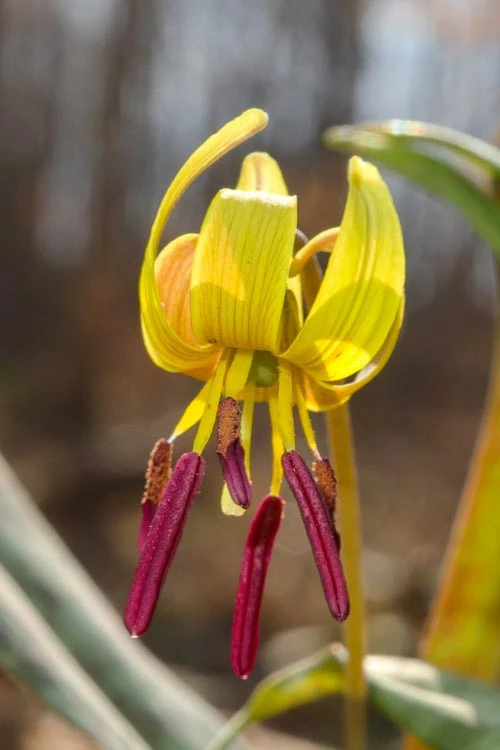



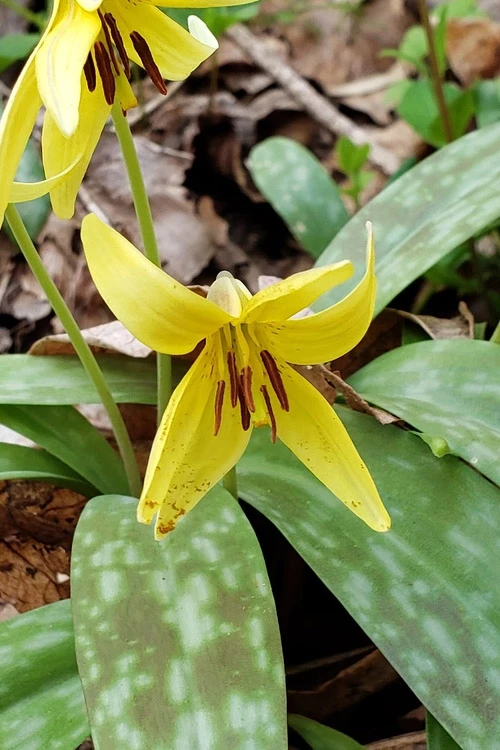
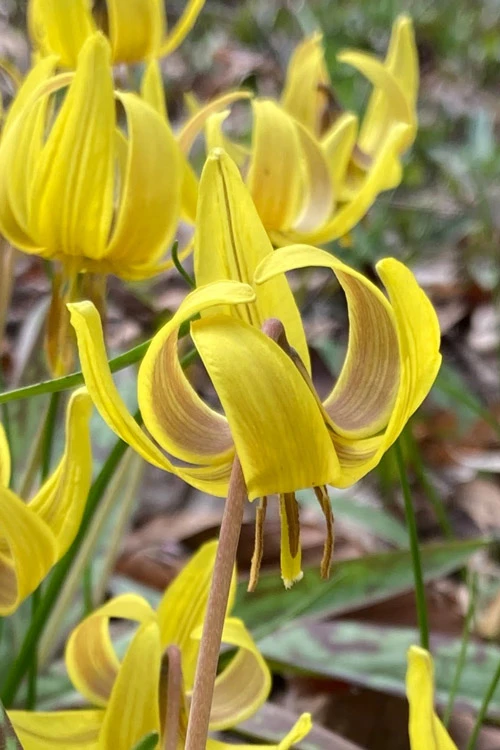
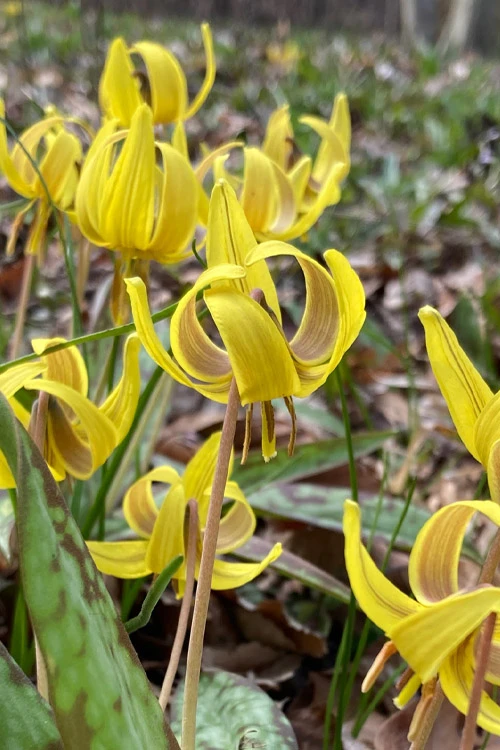
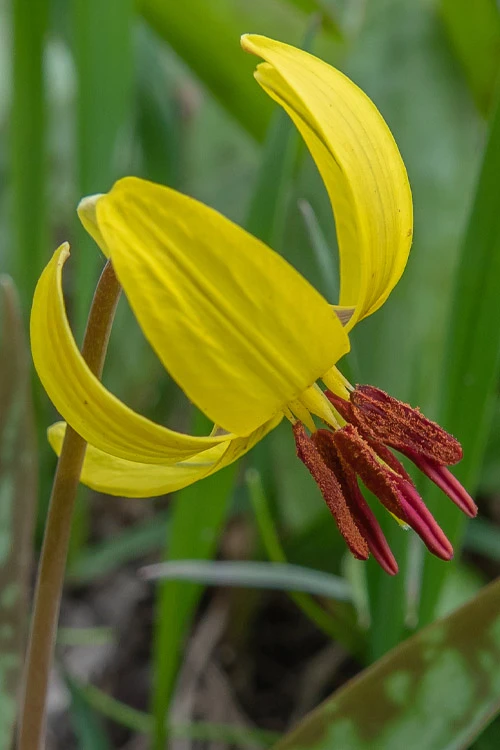
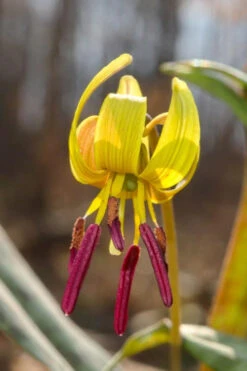





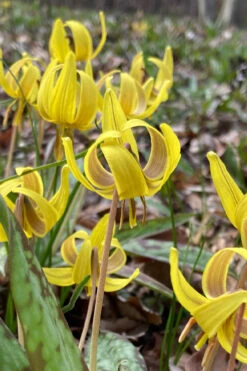
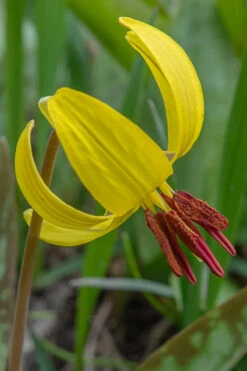

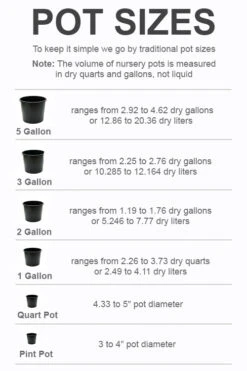


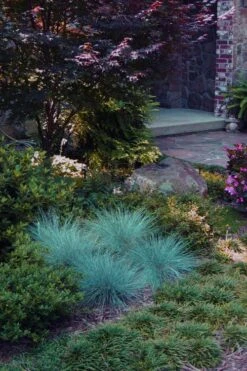
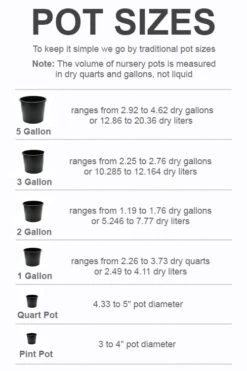
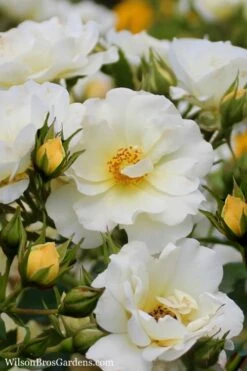
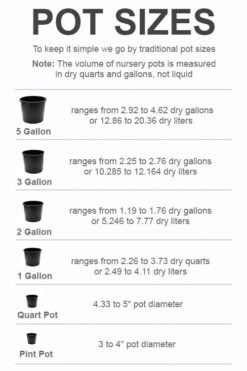
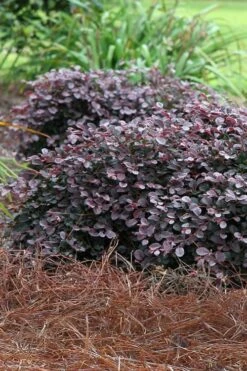
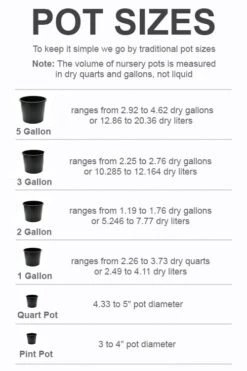
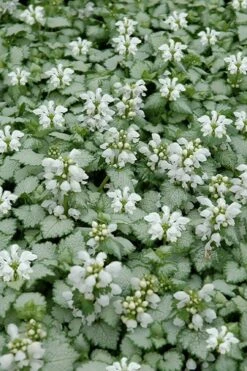
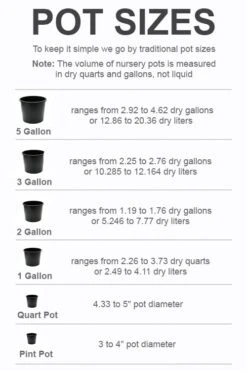
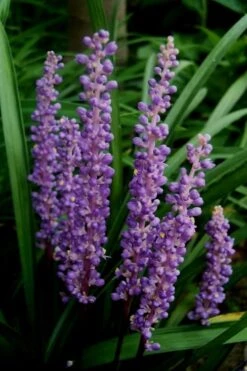


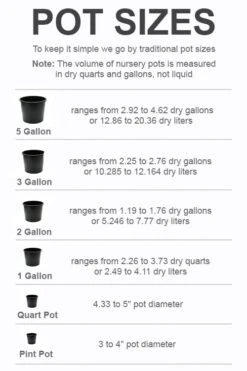
Reviews
There are no reviews yet.